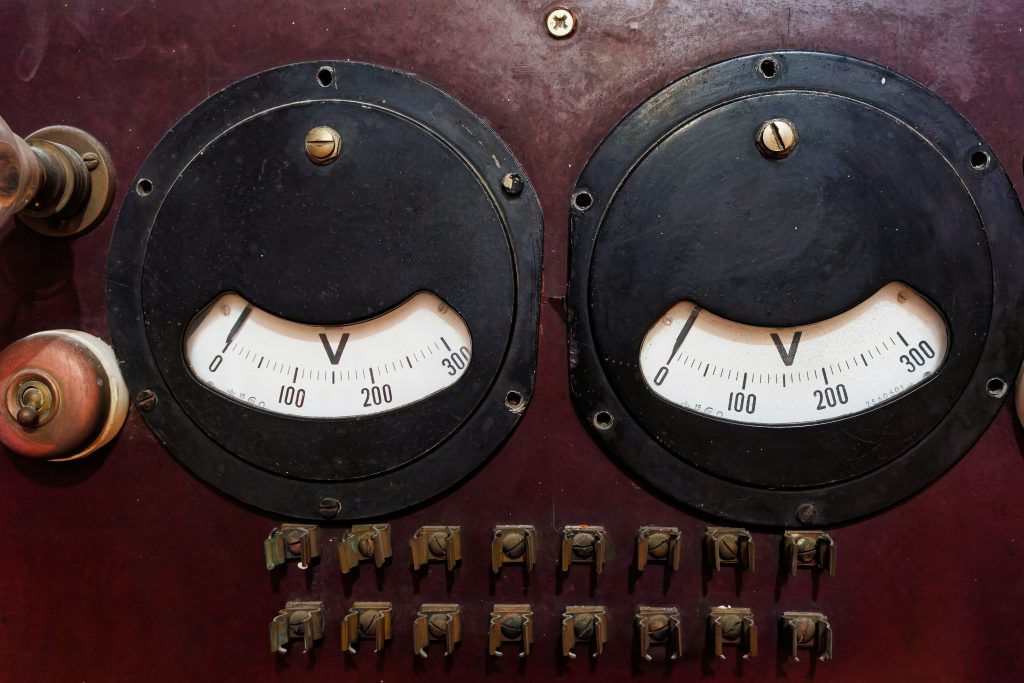
Elon Musk’s Grok 2.0: A Revolutionary AI Image Generation Tool with Few Restrictions
In a bold move that has ignited discussions across social media, Elon Musk’s AI chatbot, Grok, has unveiled its latest iteration, Grok 2.0. This new version introduces a feature that allows users to generate AI images from text prompts, tapping into a model known as Flux. While the technology behind Grok is groundbreaking, its launch has not come without controversy, as it appears to operate with minimal content moderation safeguards.
Launched in beta, Grok 2.0’s image generation capability has quickly captured the attention of users on the social media platform X. The ability to create images based solely on written prompts has opened up a world of creative possibilities, allowing users to express their imagination in ways that were previously unattainable. However, this freedom has also led to the creation of some controversial and bizarre images, raising questions about the ethical implications of such a powerful tool.
Critics have raised concerns regarding the lack of substantial guardrails in the platform’s image generation feature. Unlike many other AI tools that incorporate strict content moderation to prevent the creation of harmful or inappropriate images, Grok’s approach seems to embrace a more unrestricted model. This absence of oversight could potentially lead to the dissemination of misleading or offensive content, fostering a challenging environment for users and observers alike.
In response to these criticisms, supporters of Grok argue that the tool represents a significant advancement in AI technology, emphasizing the importance of innovation and creative expression. They believe that the ability to generate images from text prompts can serve as a powerful medium for artists, marketers, and everyday users looking to explore their creativity. By providing users with a platform to create without constraints, Grok could foster a new wave of digital artistry and innovation.
However, the debate surrounding Grok 2.0 raises important questions about the responsibilities of AI developers in curating the content produced by their tools. As the line between creative freedom and responsible usage becomes increasingly blurred, stakeholders must consider how to balance innovation with ethical considerations. Striking this balance is critical, especially as AI technology continues to evolve and permeate various aspects of society.
As the discussions around Grok 2.0 unfold, it remains to be seen how users will adapt to this new feature. Will they take advantage of the creative freedom offered by the tool, or will the lack of content moderation lead to misuse? The implications of this technology extend beyond mere creativity; they touch upon broader societal issues such as misinformation, digital ethics, and the role of technology in shaping narratives.
Ultimately, Grok 2.0’s introduction positions it at the forefront of AI innovation, challenging conventional norms while simultaneously demanding a dialogue around the potential consequences of unregulated creative tools. As users begin to explore the boundaries of this new capability, the ongoing discourse surrounding Grok will likely serve as a bellwether for future developments in AI technology and its intersection with societal values.
Tags: AI, Elon Musk, Grok, Image Generation

相關頭條